
Table of Contents
Introduction
Before we go into the positioning of speakers for a Dolby Atmos speaker placement search, let’s look at what Dolby atmos. A Dolby system is a multiple channel system that surrounds the listener with multiple channels of sound. You have front channels along with side and rear channels. is. A Dolby Atmos system takes this surround sound approach and adds ceiling speakers to generate sound from the ceiling to the listener.
You can think of the word Atmos as short for atmosphere or overhead speakers. With a Dolby Atmos speaker placement system you will have left and right channels, center, sides and rears along with ceiling speakers.
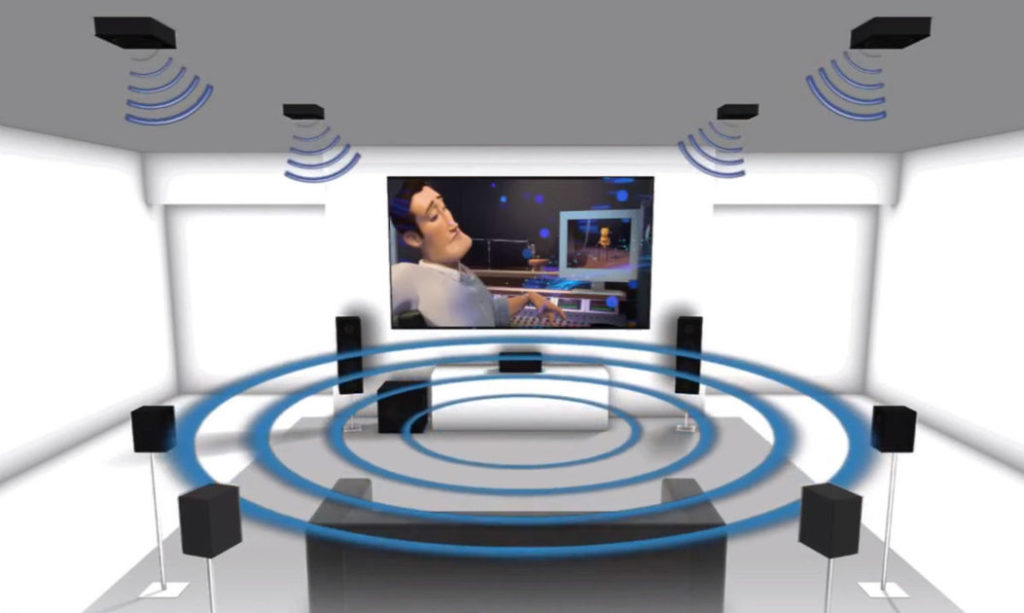
Dolby Atmos Speaker Placement and Energy Considerations
A Dolby Atmos speaker placement must be done carefully. You must keep two types of energy in your mind as you are setting up your system. You have the direct energy from your speakers along with the reflections from the room wall surfaces. The direct or straight line energy is the energy your speakers radiate directly at you. The shortest distance from speaker to listener is a straight line. The next energy that must be considered in any Dolby Atmos speaker placement is the reflected energy from the room walls.
Whenever you place a sound generating device next to a room boundary surface, you produce distortion. Sound from the speakers strikes the walls and then comes back to your ears. This reflected energy is room distortion. The wall reflected energy mixes with the direct energy from the loudspeakers and produces what we call in physics as phase. Phase is another form of distortion.
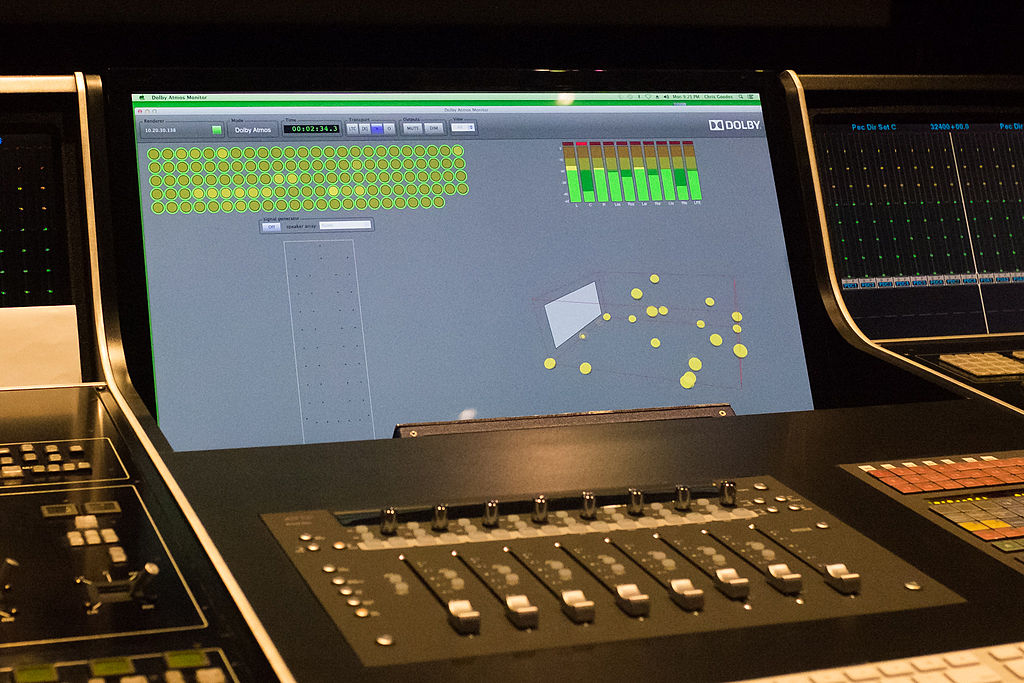
Optimizing Dolby Atmos Object Placement for Accurate Sound Perception
Dolby Atmos is an object based system. With all of these channels to work with, the engineers can place sounds or “objects”. You must be careful and mindful of this objective. The engineer is trying to create something that you just be able to hear correctly. Keep the room out of the way of this sonic goal through proper positioning and treatment.
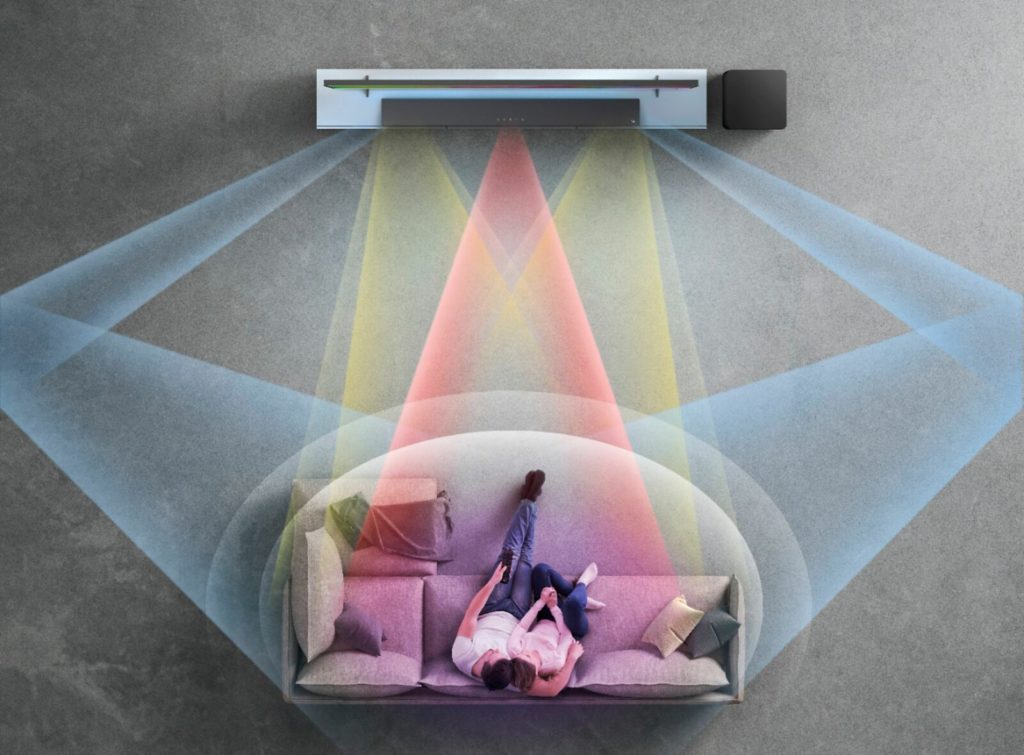
Balancing Direct and Reflected Energy for Music and Voice
When setting up any multiple channel system, your goal is to recreate a natural presentation value in both music and voice. Soundtracks are composed of both music and voice. Your system set up must take both of these energy types into consideration in the system set up especially with Dolby Atmos speaker placement you must take into consideration with both music and voice. Voice prefers a straight line or direct energy approach.
Music relies on reverberation or reflections from the room wall surfaces. The direct line approach means that you can not have anything between the speakers and the listening position. This pertains to the front of the house speakers. This would be the left and right channels along with the center.
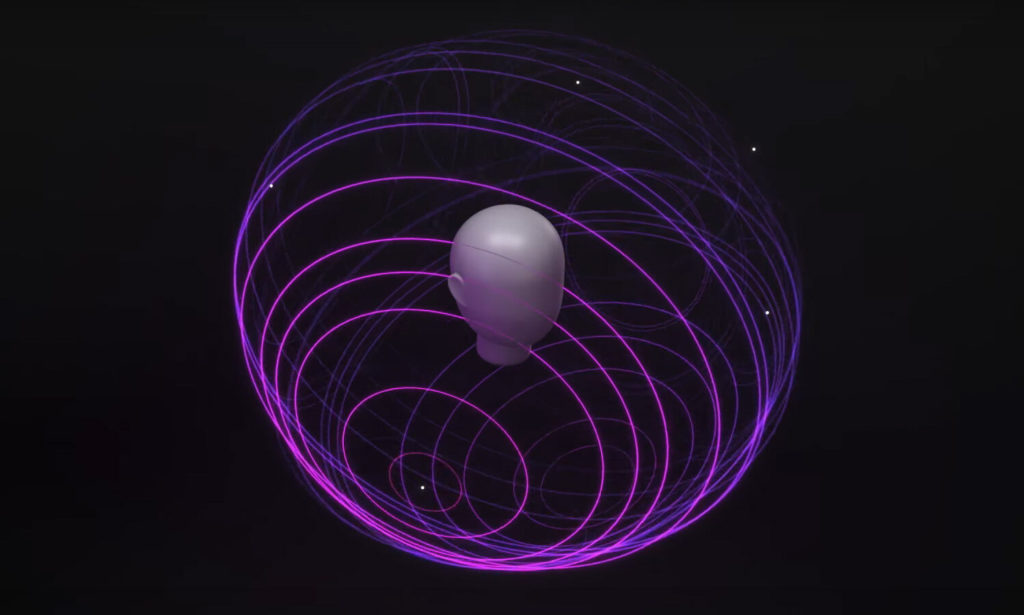
Creating Spatial Realism with Dolby Atmos Speaker Placement for Overhead and Surround Channels
The side and rear channels can add more reflections from the room to create a sense of space and room volume. The overhead speakers must focus on the direct or straight line energy from the overhead speakers to the listener. The overhead speakers are a series of speakers that are placed a certain calculated distance from each other. Let’s use a plane flying overhead as an example. The plane starts with the front channels and then moves its way across the room from the front of the house to the rear of the room.
As the plane flies overhead, the sound from the first overhead speaker must then “hand off” the airplane sound to the next speaker that is placed at a certain distance from the first speaker. This process continues with all the overhead speakers. All of this “handing off” of energy must be synchronized with the video movement of the airplane on the screen.
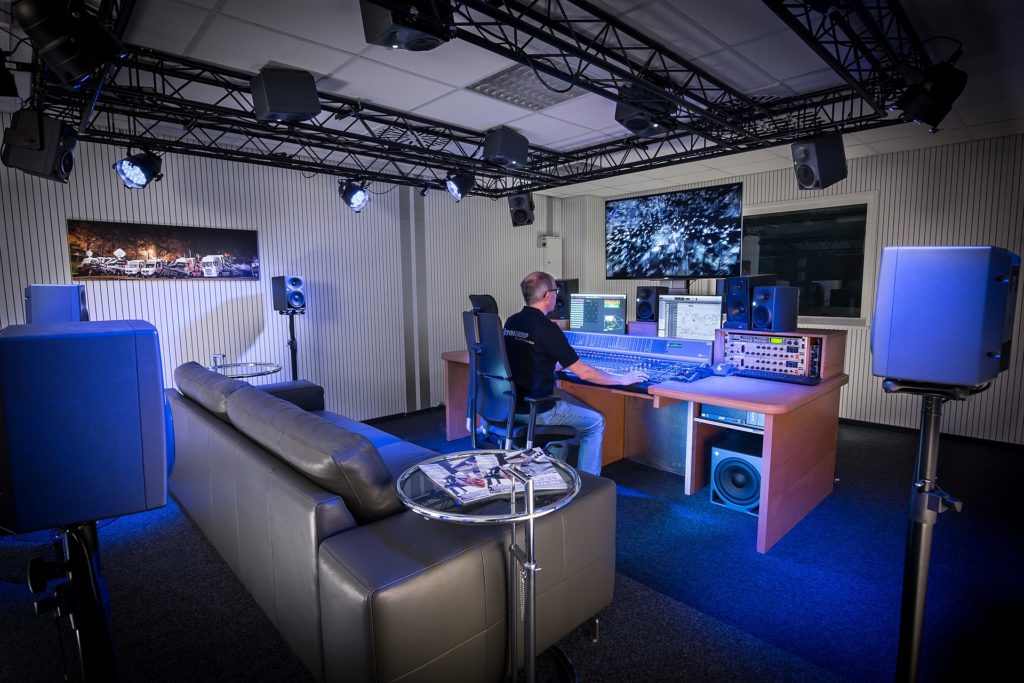
Managing Low-Frequency Pressure and Room Reflections in Multiple Channel Rooms for Optimal Sonic Presentation
In any multiple channel system, the room reflection and pressure issues must be managed correctly in order to have a proper sonic presentation. In any small room, but especially multiple channel rooms, you must manage two types of energy. We have low frequency pressure that does not fit within the room. This unwanted low-frequency pressure occurs between two, four, and six wall surfaces. This pressure is below 100 hz. Low-frequency pressure modes blus and smears the vocals by producing excess energy that covers up the vocals.
Room modes must be managed with the proper low-frequency technology Reflections from the wall surfaces must first be managed with absorption and then diffusion can be applied to create a psychoacoustic sensibility of more space. At Acoustic Fields, we have a process where we can assist you step by step through this complicated process.
FAQ’s
Where should I place my Dolby Atmos speakers?
Dolby recommends placing your Atmos speakers above your ear level, typically 2 to 4 feet above the seated listener’s head. The speakers should also be angled towards the listener, pointing downward towards the listening area.
How many Dolby Atmos speakers do I need?
You need at least two Dolby Atmos speakers for a complete Dolby Atmos system. However, you can add up to 14 speakers, including front, surround, and ceiling speakers, for a fully immersive experience.
Can I use regular speakers for Dolby Atmos?
Yes, you can use regular speakers for Dolby Atmos, but you need to make sure they support the necessary requirements. The speakers should have a frequency response of at least 120Hz and a recommended power rating of 25 watts or more.
Can I place Dolby Atmos speakers on the ceiling?
Yes, you can place Dolby Atmos speakers on the ceiling. In-ceiling speakers are the most common choice for ceiling-mounted speakers, but you can also use upward-firing Atmos speakers that reflect sound off the ceiling.
Do I need a separate receiver for Dolby Atmos?
Yes, you need a Dolby Atmos-enabled receiver to decode and process the Atmos signal. The receiver should have built-in support for Dolby Atmos and at least 7 channels of amplification to power the speakers.








I realise reflected atmos speakers are not as desired as directly mounted ceiling speakers. That said, are there recommended practices for optimising the atmos experience with these types of systems? Specifically in a 5.1.4 sound bar system. Thanks.
Direct or straight line energy from a speaker has a higher resolution than reflected energy.
Thanks, for this.